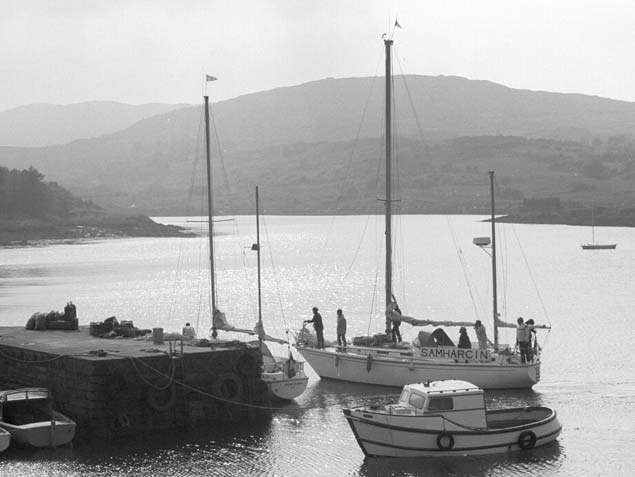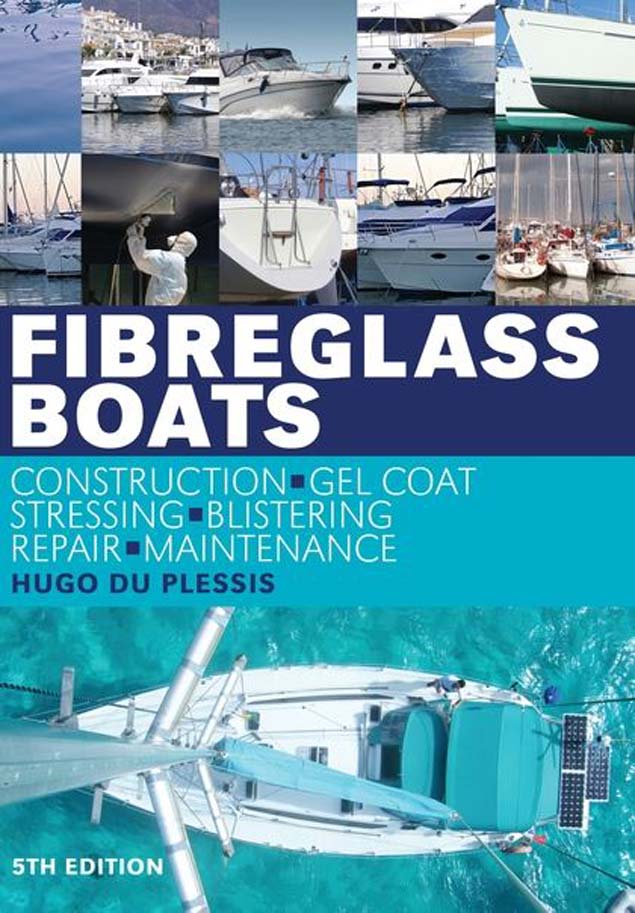Displaying items by tag: Hugo Duplessis
Hugo Duplessis 1924-2018
Hugo Duplessis was a complete one-off, and his death at the age of 94 brings to an end a lifelong involvement with boats and cruising. Yet everything about him was in a sort of amiable contradiction.
As he’d a decidedly bushy appearance in his prime, with his splendid mop of curly grey hair matched by a strong and unruly beard, you’d have assumed that he would be a natural enthusiast for traditional construction, and boats of archaic rig.
This traditionalist image was accentuated by his approach to time-keeping. Or perhaps his relaxed attitude to precise punctuality was accentuated during the time he spent in Ireland in the 1970s and 1980s, running a cruising yacht charter company - Irish Atlantic Yacht Charters - from Bantry.
However it came about, for Hugo the soft air of West Cork seemed to encourage an already laid-back attitude to everything, and anyone chartering one of his two yachts soon learned that if they didn’t adopt the same leisurely approach, then they weren’t going to get the full value from the experience.
Yet the two ketches he had on charter were the giveaway to the other side of his character. Far from being colourful traditional vessels as some might have expected, they were straightforward glassfibre boats built in no-nonsense style by Westerly Marine – a 36ft Westerly Conway, Samharcin an Iar, and a 32ft Westerly Berwick, Aisling na Mara.
 The dream of charter cruising in West Cork – Irish Atlantic Yacht Charters’ two Westerly Marine ketches Aisling na Mara and Samharcin an Iar in Lawrence Cove on Bere Island in May 1982. Photo: W M Nixon
The dream of charter cruising in West Cork – Irish Atlantic Yacht Charters’ two Westerly Marine ketches Aisling na Mara and Samharcin an Iar in Lawrence Cove on Bere Island in May 1982. Photo: W M Nixon
Robustly built and noted as boats requiring minimal maintenance, they were a reminder that in another earlier life in the south of England, the young cruising enthusiast and boat-building experimenter Hugo du Plessis (he underwent a name modification during his nine and more decades on the planet) had been an early enthusiast for glassfibre construction, to which he brought a complete precision which seemed to be lacking in other aspects of his life.
His curiosity and practical research into the full possibilities of the new material resulted in the publication of his authoritative book, Fibreglass Boats, in 1964. It is now in its fifth edition, still an authoritative reference book for building and repairs, and it has achieved continuing success on both sides of the Atlantic.
Yet if you spent time in Hugo’s company cruising in West Cork, it was sometimes difficult to reconcile this easygoing and colourful character with the precise and scientific approach which set the tone of his book. And equally, his obvious enjoyment of the lotus-eating aspects of being in port while cruising were at variance with his quiet determination to complete some extraordinary voyages in which, so long as he had the time that he felt the venture merited, he succeeded with achievements which received full recognition from cruising adjudicators.
 The current 5th Edition of the authoritative Fibreglass Boats by Hugo Du Plessis. It was first published in 1964.
The current 5th Edition of the authoritative Fibreglass Boats by Hugo Du Plessis. It was first published in 1964.
After World War II ended in 1945, Hugo was cruising the English Channel almost before it was permissible, as live minefields were still present. But he survived this hazard, and by 1947 had been elected a member of the Royal Cruising Club, with which he was to be awarded six major cruising trophies before he made his move to Ireland.
Once here, he became a member of the Irish Cruising Club in 1978, and when he finally wound down his yacht charter business, he kept the 36ft Westerly Conway Samharcin an Iar for his own use, and most appropriately headed west. While the whole Atlantic was available to him, and he crossed it several times, it was the less-visited cruising areas which inevitably attracted him, and a detailed cruise of Venezuela in 1996 saw him being awarded the ICC’s premier trophy, the Faulkner Cup, while previously he’d collected the same club’s Atlantic Trophy in 1986 and the Strangford Cup in 1988.
He continued active ocean cruising until well into what other people would have though of as old age, but eventually he returned to base and home in Lymington by the Solent. However, he was a boat-owner to the end, co-owning a Colvic 23 Crimson Rambler III with his daughter Prim. He was seen afloat in this characteristically sensible little boat as recently as September last year. A remarkable man – our thoughts are with his family and friends.
WMN























